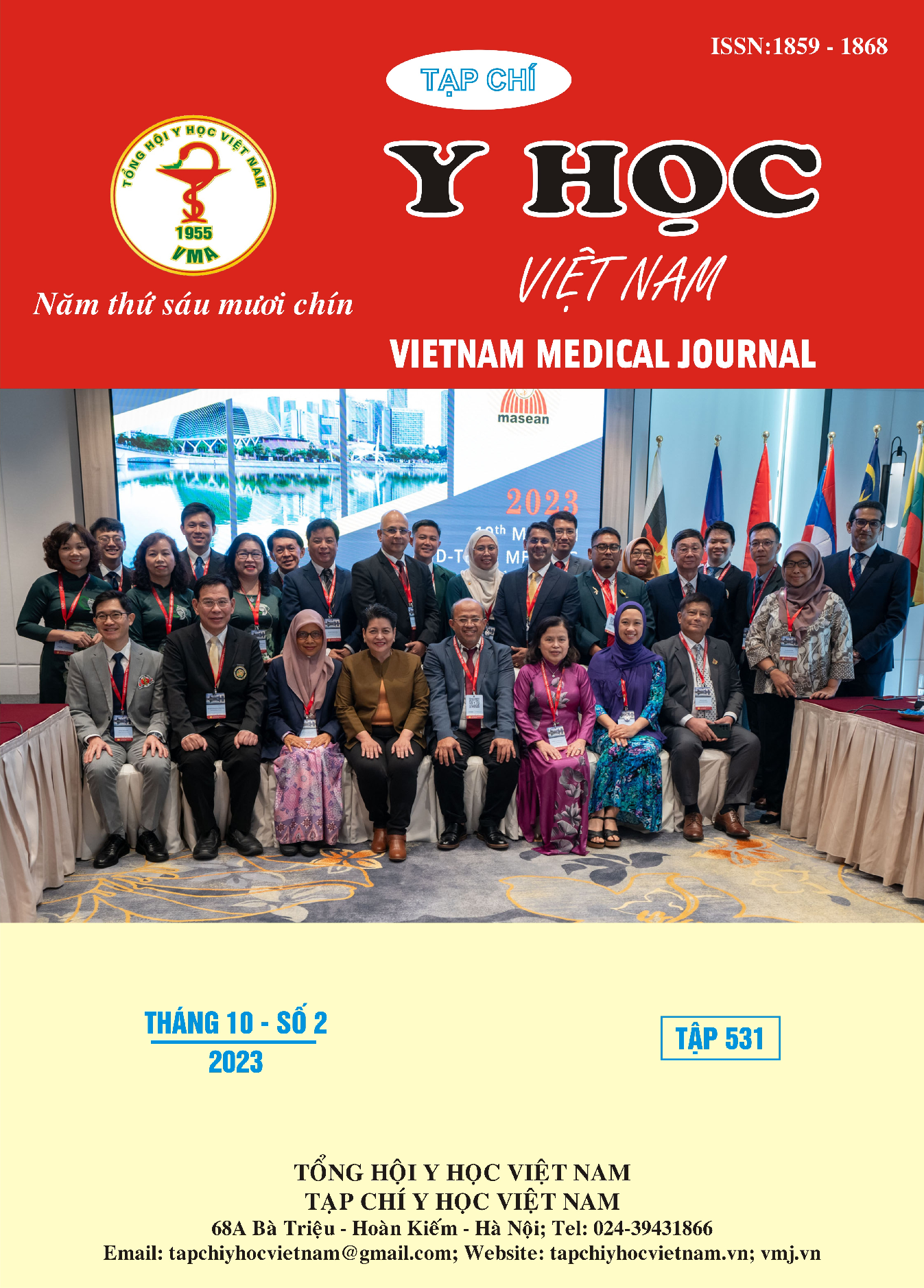RESEARCHING SOME FACTORS RELATED TO INFANT MORTALITY IN DONG THAP PROVINCIAL GENERAL HOSPITAL IN 2020 - 2023
Main Article Content
Abstract
Background: Infant mortality (IM) is the death of an infant under 1 year of age. The IM rate is the number of deaths of children under one year of age per 1000 live births. In Viet Nam, the prevalence of IM in boys is much higher than in girls and is related to the number of antenatal care visits, the place of residence, the method of delivery, and the causes of childhood such as sepsis, low birth weight, endometrial disease, pneumonia, asphyxia, birth defects. Every year has 40-60 IM at Dong Thap provincial hospital. Objectives: To evaluate some factors related to IM of Dong Thap Provincial Hospital 2020-2023. Material and methods: hospitalized infants were treated at the neonatal department of Dong Thap Provincial Hospital from January 2020 to May 2023. Method of case-control study with convenience sampling analysis. Results: Survey of 92 newborn deaths and 92 live infants. In the group of IM, there are 52 (56.5%) boys, 40 (43.5%) girls, of which 22.83% are 1 day, from 1 day to less than 7 days 50%, and 27.17% 7 days. The factors related to IM include: sepsis 64.1% (p=0.002), pneumonia 54.3% (p=0.033), asphyxia 8.7% (p=0.017) and low birth weight 47.8% (p=0.001). Associated with four ICD-10 neonatal diseases that increase the risk of IM is pneumonia, sepsis, asphyxia, and preterm birth. Factors related to mother (p<0.001) include: residence in urban or rural areas, home birth, missed birth, private midwifery, health station, district (Center) or at a provincial or city hospital, the number of antenatal care visits above or below 3 times. Conclusion: The rate of reproductive health under 7 days accounted for 72.83%. Related factors in children include sepsis, pneumonia, asphyxia, low birth weight, maternal factors causing maternal mortality in rural areas, home birth, missed birth, quaternary midwifery, health station, district (medical center) and the number of antenatal care visits less than 3 times..
Article Details
Keywords
Infant mortality, factors.
References
2. Bộ Y tế (2021), "Kế hoạch hành động quốc gia về chăm sóc sức khỏe sinh sản, tập trung vào chăm sóc sức khỏe bà mẹ, TSS và trẻ nhỏ giai đoạn 2021-2025", tr. 1-40.
3.. Huỳnh Hồng Phúc, Huỳnh Thị Duy Hương (2008), "Tình hình bệnh tật và tử vong sơ sinh ở khoa Nhi, Bệnh viện Đa khoa tỉnh Đồng Tháp từ 2004-2006", Tạp chí Y học Thành phố Hồ Chí Minh, 12(1), tr. 51-55.
4. Tổng cục thống kê (2014), Giám sát thực trạng trẻ em và phụ nữ, Điều tra đánh giá các mục tiêu trẻ em và phụ nữ 2014, Báo cáo cuối cùng. Hà Nội, Việt Nam.
5. Trương Cẩm Trinh (2017), Nghiên cứu tình hình tử vong sơ sinh và một số yếu tố liên quan tử vong sơ sinh tại khoa sơ sinh Bệnh viện Nhi đồng Cần Thơ năm 2016-2017, Trường Đại học Y Dược Cần Thơ.
6. Lương Ngọc Trương (2007), "Nghiên cứu tỷ lệ tử vong sơ sinh và một số yếu tố liên quan tại Thanh Hóa", Tạp chí Y học thực hành, 8, tr. 28-31.
7. UNICEF (2019), "Child survival and the Sustainable Development Goals (SDGs)".
8. UNICEF (2021), "Năm 2021, cứ 4,4 giây trôi qua lại có một trẻ em hoặc thanh thiếu niên tử vong - Báo cáo của Liên Hợp Quốc", 80 trang.
9. Vụ SKBM-TE, Bộ Y tế (2019), "Báo cáo năm 2019".
10. José M Belizán, Elizabeth M McClure, Shivaprasad S Goudar (2012), "Neonatal death in Low-Middle Income Countries: A Global Network Study", Am J Perinatol, 29(8), pp. 649–656.


